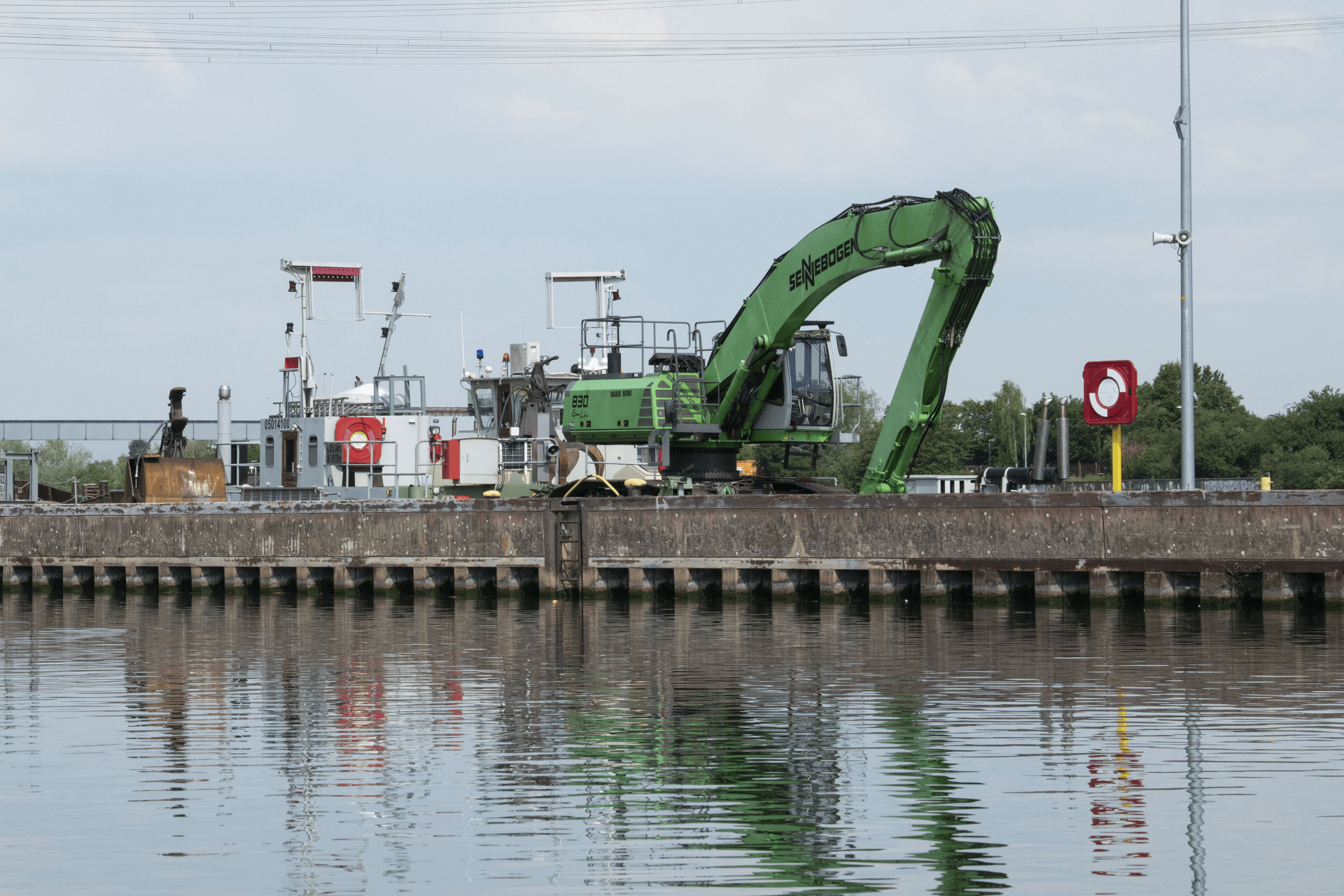The Control Committee of Belarus, which is the country’s supreme audit institution, considers the costs associated with the planned dredging and clearing works along the Mukhavets river in the south-west of Belarus as irrational and illegal. These construction works in the Kobrin district of the Brest region would be a step towards building the E40 waterway and would cost more than € 300,000 (850,000 BYN).
The Dnieper-Bug channel connects the Mukhavets river (tributary of the Bug river) with the Pina river (tributary of the Pripyat river). The water system along the channel has been heavily modified. At current state, a fixed lock on the Mukhavets river in Brest prevents a direct waterway connection from Belarus to Poland. Dredging and clearing works are now planned for a 15.3 kilometres long section of the Mukhavets river in order to make this river section navigable. 20 metres of land on both river banks shall be removed.
The Control Committee of Belarus states that the related construction works are not budgeted by any company. Dredging and clearing works in the Upper Mukhavets river have already been carried out in 2019. Nevertheless, the Control Committee points out that some of these works need to be repeated already. This proves that there will not be any positive long-term effects. Budget funds would be used irrationally as the dredging works would need to be repeated after a few years. The national Control Committee recommends to restrict the measures to clearing areas where material accumulated.
Deepening the river bed would not prevent flooding of adjacent areas – according to a study of the State Technical University of Brest. The backwater of the channel section is caused directly by the regulation of the river due to the system of locks. Neither a decrease in bottom roughness, nor a deepening of the river would reduce the likelihood of flooding.
The land areas affected by the planned dredging and clearing works are home to many threatened species such as the floating watermoss (Salvinia natans), kingfisher (Alcedo atthis), bittern (Botaurus stellaris) and the Eurasian oystercatcher (Haematopus ostralegus). Recommendations by the State Institution “Polesie agrarian and ecological institute of the National Academy of Sciences of Belarus” to protect flora and fauna included in the national Red List of threatened species are not taken into account.
More information:
– Statement of the Control Committee of Belarus
– Article in „Pershi Regiёn“
Why it is important to save Polesia
Learn more about the threat by the planned E40 waterway

